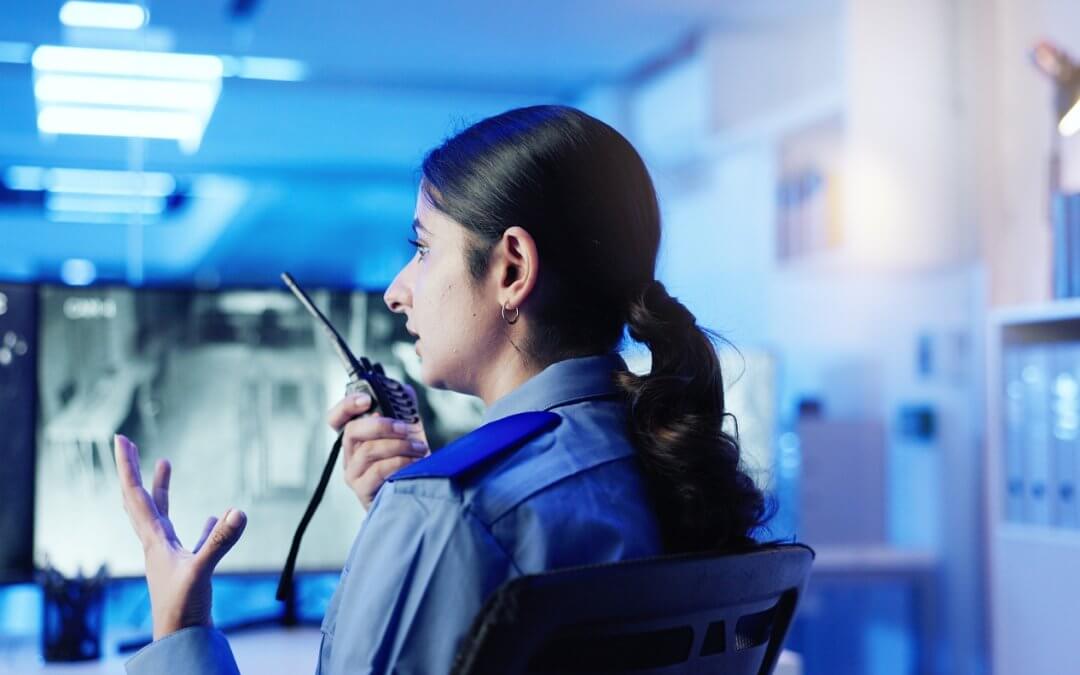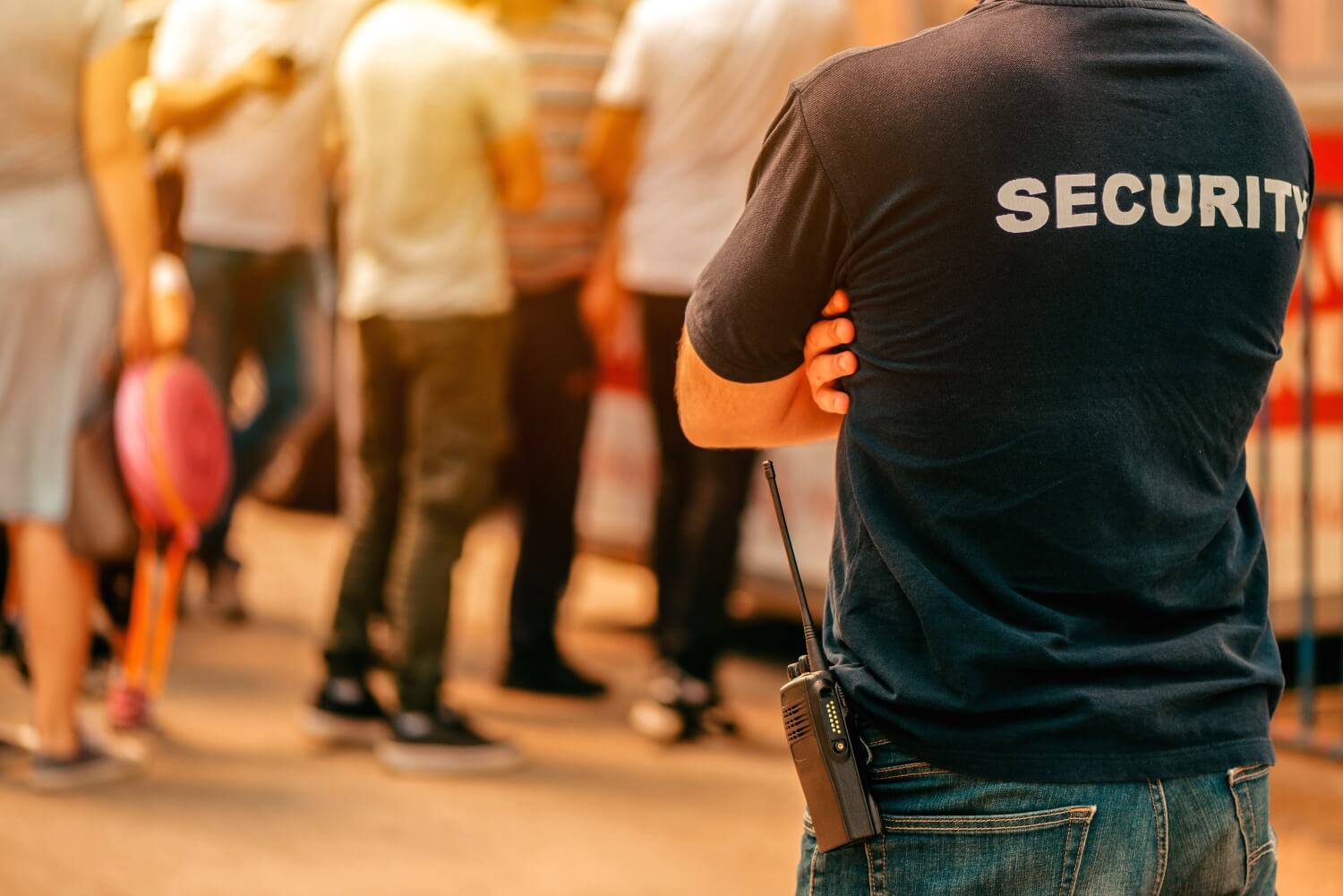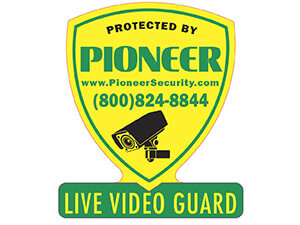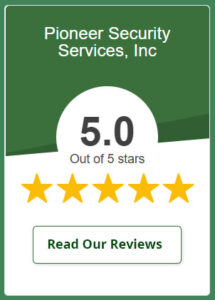In fact, in the US, the audio surveillance has even stricter policies than the video surveillance. The Federal Wiretap Act and the Electronic Communications Privacy Act have imposed the strictest restrictions on verbal, wire, and electronic communication. As per the US Department of Justice, if any organization violates these laws, it can face severe penalties and lawsuits.
When designing and operating the audio surveillance system, organizations and industries must be very careful, as they may face penalties due to the severe legal constraints associated with these systems.
This article will delve into the legal framework, risks, best practices, and how legality impacts protection strategies. Let’s discuss.
Federal V/S State Distinction in Audio Laws
In the USA, audio surveillance is governed by two laws: federal and state law. Both have different rules, but both are essential to follow. Let’s explore these laws and how they affect surveillance.
Federal Law
Under federal law, the Wiretap Act and ECPA have set a rule, and they require the consent of one party before the conversations can be recorded. You can not record the whole conversation by hiding it from both parties, and one person has to be aware and agree to the fact that the conversation is being recorded. This whole scenario is considered to be lawful under federal standards.
State Laws
The state law on audio surveillance is a bit different and stricter. In the US, 38 states follow a one-party consent rule, and states like California and Pennsylvania mandate all-party consent. It means that every member or participants have to agree and be aware before the recording. Even if you meet the federal requirement, you could come under the state’s stricter violation rules.
Challenge
The main challenge for the organization is to manage these overlapping laws of both the state and federal governments. A national retailer cannot operate in multiple states with the same approach. The violation may lead to lawsuits, fines, and, in some cases, even criminal prosecution. So it’s better for the organizations to consult the legal experts before getting the audio surveillance.
What is the difference between federal and state law?
Federal law applies to everyone living in the USA, while state law applies to those people who live or work in a particular state, territory, county, city, commonwealth, town, or village.
Does federal law override state law in the USA?
The supremacy clauses refer to the foundational principle that federal law generally takes precedence over any conflicting state law.
Audio in the Workplace: Notice, Consent, and Employee Rights
This is the most sensitive context for audio surveillance. The employer wants to protect the company’s assets, improve customer interactions, and reduce inside threats, but on the other hand, the employees have a right to privacy and dignity at work.
Transparency
Employees must know when audio surveillance is active. Signs, employee handbooks, and onboarding sessions should clearly communicate this. Transparency not only keeps the employer legally compliant but also prevents misunderstandings that could damage trust between staff and management.
Consent in Different States
In one-party consent states, implied consent may be enough if employees continue working after notice. In all-party consent states, written acknowledgment is often required. Without consent, businesses risk lawsuits, loss of evidence in disputes, and long-term reputational harm.
Respecting Private Spaces
Certain areas, like restrooms, locker rooms, and private offices, are off-limits regardless of consent. Recording in these areas almost always violates the law. Companies that overstep in this area risk severe penalties, including fines and lawsuits. According to the US Equal Employment Opportunity Commission, companies must adopt policies that balance safety with respect for privacy and workplace rights regarding audio surveillance.
Balancing Safety and Employee Morale
While surveillance protects assets and employees, overuse can create a culture of mistrust. Workers who feel constantly monitored may experience anxiety or lower morale, which can reduce productivity. Employers should balance the need for protection with respect for dignity, ensuring that surveillance is justified and proportional.
Policies That Empower Employees
Clear policies can transform surveillance from a point of tension into a tool for mutual safety. By involving employees in conversations about when and why video surveillance is used, companies create a sense of fairness. Empowered employees are more likely to support surveillance when they understand how it benefits both security and workplace harmony.
Public vs. Private Spaces: The Expectation of Privacy
The audio surveillance requirements differ according to the location. For example, they must be different for public places than for private spaces.
Let’s discuss them one by one to see what the points of difference are between them.
Public and Semi-Public Spaces
Lobbies, retail stores, and parking lots have lower privacy expectations. With proper signage, businesses may legally record audio.
Private and Sensitive Areas
Spaces such as restrooms, changing rooms, and medical offices are protected. Recording in these areas is almost always unlawful.
Hidden and Covert Recording
Using concealed microphones or hidden devices to secretly capture conversations poses the highest legal risks. According to the American Civil Liberties Union, it is strictly against the individual’s privacy. Courts often reject covert recordings, and fines can be steep.
How Legality Shapes Security Strategy
It is completely understood that the audio surveillance has to be backed up by the legal advisors to be installed at any place. Because it holds many rules and regulations wish are important to be abided by the organizations to keep them safe from legal penalties.
Let’s see how legality shapes security strategy.
When Audio Is Restricted
Without lawful audio recording, businesses rely heavily on video cameras, alarms, and access controls. These tools are effective but may not capture the full story. A heated customer exchange, for example, might appear threatening on video but turn out to be harmless once audio is considered.
Without sound, security staff often have to make judgment calls based only on body language, which increases the chance of misunderstandings.
When Audio Is Allowed
Where legal, audio enhances evidence collection. It provides context for disputes, confirms threats, and can be used to detect suspicious behavior early. Even subtle cues like raised voices or unusual noises can alert security teams before a situation escalates. This ability to add “layers” of information creates a more accurate and reliable picture of what’s happening in real time.
Balancing Privacy and Security
A balanced system uses zoning and triggers, ensuring audio is only captured where necessary. Businesses that design surveillance systems with respect for privacy often build stronger trust with employees and customers. In turn, this trust reduces resistance to surveillance, making the system more effective overall.
What are ethics in audio recording?
These include respect for autonomy, respect for privacy and confidentiality, beneficence, justice, and protection of vulnerable populations.
Best Practices for Legal Audio Surveillance
How the organizations and clients seek legal audio surveillance, which can benefit them without fearing the law. And what are the best practices in this regard? Let’s discuss them one by one for better understanding.
Legal Audits Before Deployment
Review federal and state requirements to avoid unintentional violations. A legal audit also helps businesses understand how their industry’s specific regulations, such as healthcare or finance, may add additional compliance layers. Staying proactive keeps you ahead of both lawsuits and costly mistakes.
Transparency Through Signage
Post clear signs in monitored areas to notify employees and customers of audio recording. Signage should be simple, visible, and placed at every entrance to monitored spaces. The clearer the notice, the stronger the legal protection your business has if disputes arise later.
Restricted Recording Zones
Configure systems to disable audio in sensitive areas while maintaining coverage in permissible zones. Doing this not only keeps you compliant but also demonstrates your company’s commitment to ethical surveillance. It shows you’re recording for safety, not for unnecessary intrusion.
Strong Data Security
Encrypt recordings, limit access, and maintain logs of all interactions with audio files. Data breaches involving audio recordings can expose confidential conversations, damaging both reputation and trust. Securing this information should be as much a priority as preventing physical security breaches.
Short Retention Policies
Store recordings only for as long as necessary, typically 30 to 60 days, unless needed for an investigation. Long-term storage increases the chances of unauthorized access and legal exposure. Regular deletion is both safer and more efficient.
Staff Training Programs
Educate employees on compliance requirements and their responsibilities in handling audio recordings. Well-trained staff can spot and prevent legal missteps before they occur. Regular refresher training ensures that compliance is a living practice, not just a policy on paper.
What are the three types of surveillance techniques, and when should they be used?
There are three types of surveillance are direct, preconstructive, and reconstructive. Direct is covert, preconstructive is more public, and reconstructive is reviewing information and evidence gathered from the other two techniques.
What is the range of an audio jammer?
The iRabbler audio jammer works perfectly within a range of 6 meters.
Protect Smarter, Protect Lawfully with Pionner Security
Audio Surveillance can be a blessing and can be a blight. If it is used properly, it can work wonders for the security of your property and assets. But if you didn’t follow the laws and the regulations, you will be accountable for those acts. Crossing the line can expose your organization to lawsuits, fines, and reputational harm.
On the other hand, if you use it with full responsibility and moral duty, it will do magic for your organization by ensuring compliance, building trust, and creating a safer environment for everyone who is involved.
At Pioneer Security, we try to bridge this gap of blessing and blight by providing all essential security measures that are perfectly aligned with state and federal laws, so you don’t have to worry about breaching any policy. From custom system design to ongoing legal updates, we ensure your business stays ahead of risks.
With Pioneer Security, you can safeguard smarter and protect lawfully, ensuring that your security measures never come at the expense of compliance or trust. If you need any information about security measures or any legal status regarding security, our fully informed team is just a call away.
Frequently Asked Questions
How can we comply with the data protection principles when using surveillance systems?
You always need to ensure that those under surveillance are clearly aware that they are being recorded. You should provide individuals with appropriate information about how they can exercise their rights, and that appropriate restrictions on viewing and disclosing images are in place for those using the system.
What are the privacy concerns with audio CCTV?
Misusing CCTV with audio, whether by recording without proper justification or filming to inform people, can result in heavy fines and legal consequences.
Can surveillance infringe upon individual rights?
Surveillance can also affect the freedom of expression and association, and the knowledge of being under observation can lead to self-censorship, which limits democratic discourse.
Can you have CCTV with sound in the workplace?
Audible CCTV is only permitted where it is strictly needed.
Can you get security cameras with audio?
Yes, three types of security cameras record audio, built-in microphones, microphone inputs, and two-way talk or Intercom.






